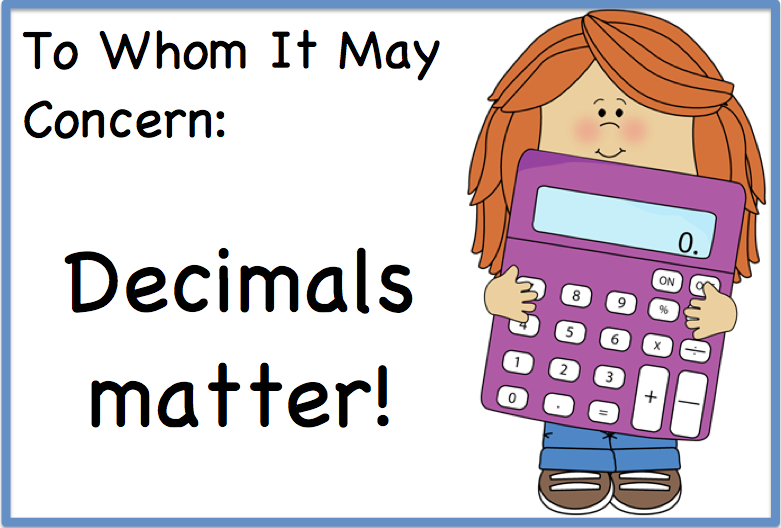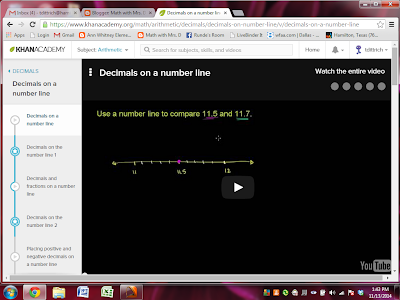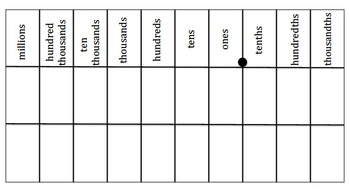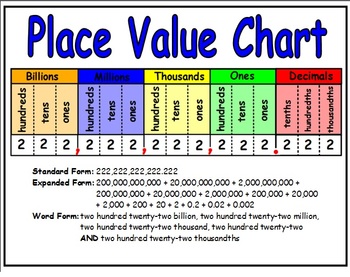We began class today by looking at STAAR Progress Measure Bars. A Progress Measure Bar is a goal setting bar that shows each student the score they must earn in order to achieve Progress Measure on the STAAR (a evidence of educational growth). Not only is a student expected to pass the STAAR test by correctly answering 35/50 questions (70%) in a 4 hour time period; each student is expected to have made a year's worth of progress from 4th grade. Essentially, a student must achieve 28 more points (on their scale score) to show one year's growth, and 111 more points to "exceed expectations" on their growth.
To create the Progress Measure Bar for each student:
- I looked at each student's scale score from 4th grade. I used the Raw Score Conversion table for 4th grade from TEA to determine the number of correct answers achieved on their last STAAR (May of 2014).
- I added 28 points to this scale score to determine the scale score needed this year to achieve one year's growth. I used the Raw Score Conversion table from TEA for 5th grade to determine the number of correct answers they needed this year to show one year's growth. I divided this number by 50 (number of questions on the test) to determine the percentage of the test they need to pass in order to show one year of growth.
- Next, I added 111 to the 4th grade scale score to determine the scale score needed this year to achieve "exceeds expectation" growth. Again, I used the Raw Score Conversion table to determine the number of correct answers needed to "exceed expectations" in growth. I divided this number by 50 to determine the percentage of the test they need to pass in order "exceed expectation."
- These two scores are the "goals" for each assessment given for the remainder of the year in order to show academic growth. However, AS ALWAYS, a score of 70% is our MAIN GOAL as this is the passing standard for 5th grade STAAR!
We plotted our first assessment on our bar today using the Financial Literacy test taken recently. The purpose is to show students how they performed as compared to where they need to be (good and bad), in an attempt to make ownership of their own learning more important.
I would be very glad to meet with any parent who has questions about the Progress Bar and the expectations for growth on this year's STAAR.
------------------------------------------------------
Comparing and ordering decimals.... ugh. My students always balk at this topic. They think it is hard. They think it is impossible. They think I am a horrible person for making them do it! However, it was time to review!
We worked on a paper entitled "A Reptilian Recluse" ( see below)
When I introduced it by reading the clues for Row A, there were groans. However, I reminded my classes to think of the decimal numbers as MONEY! When they do this, any number after the hundredths place, just means "a little more". This has seemed to help them immensely!
The clues for Row A were:
- Circle the number that is least
- Since we had already put them in order from least to greatest, we were home free! The answer was 35.172
- Draw a line above the number that is less than 35.4 and greater than 35.2
- We folded our paper to hide all the digits except the whole number and the tenths place. We looked for the digit that was smaller than 4, but greater than 2.... we needed a 3! The answer was 35.309
- Underline the number that is between 35.5 and 35.75
- This time we began by adding a "0" to 35.5 making it 35.50 (an equivalent decimal). Now it was easy to compare our numbers. We folded our paper over to show only the whole numbers and the digits through the hundredths place. We needed something greater than 50 but less than 75. The answer was 35.691
- Write an X beside the number that is greatest.
- Since we had already put the numbers in order from least to greatest we were able to find it easily! The answer was 35.899
However, I do need my students to understand the place value(s) of the decimal numbers, so we did another Decimal of the Day:
Once students had finished with the assignment, they had time to work on khanacademy.org.
------------------------------------------------------
While students were working on the assignment, I

































